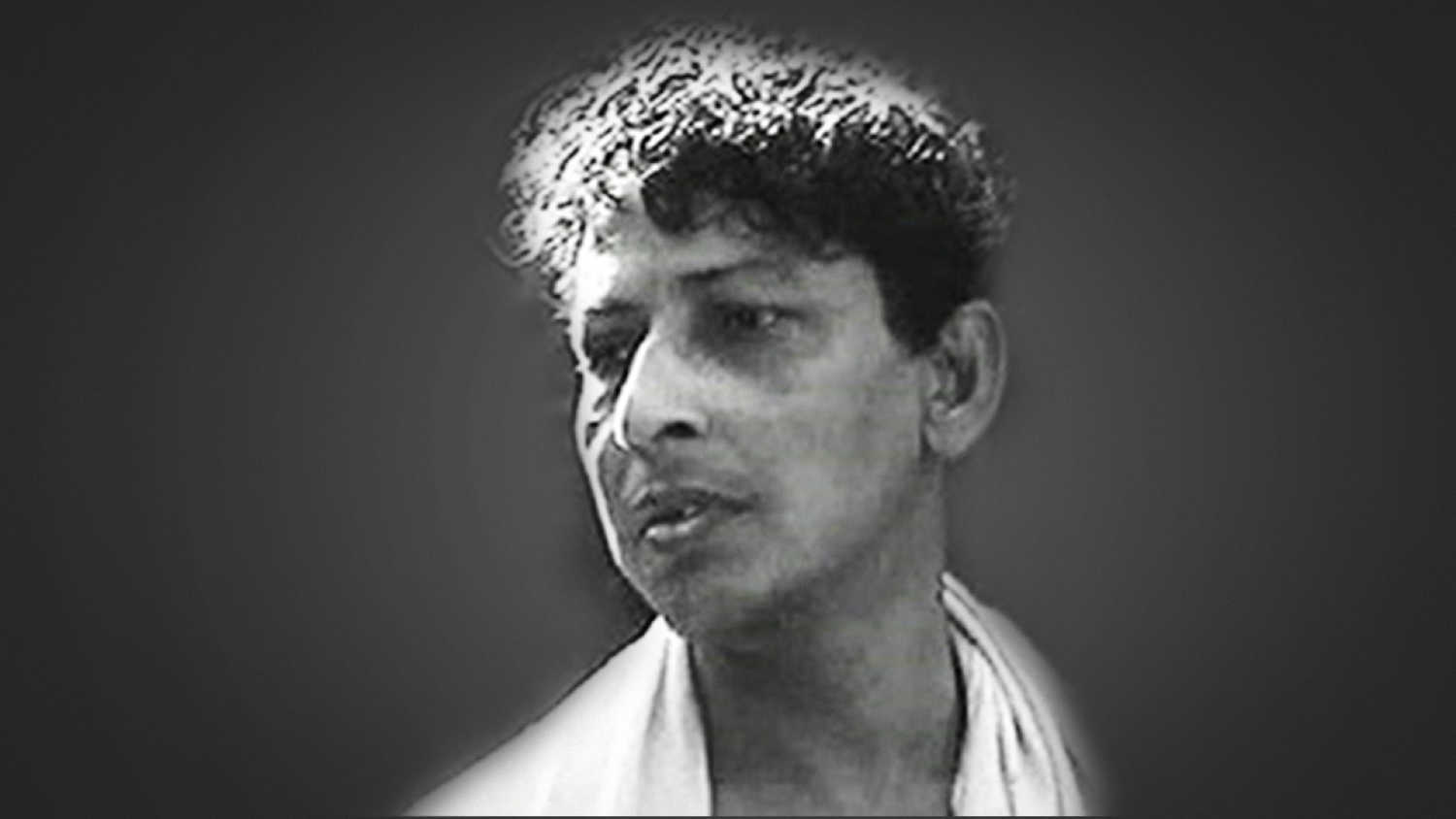While the filmmaker had to go through a long struggle to cast the rest of the characters in Pather Panchali, Bannerjee as Harihar Roy was an easy choice for him.
Kanu Bannerjee's understated style of acting appealed to Satyajit Ray – Anniversary special
KOLKATA - 20 Jun 2020 23:42 IST


Roushni Sarkar
A theatre and film actor of equal finesse, Kanu Bannerjee is remembered by cinephiles today for his immortal performance as Harihar Roy in Satyajit Ray’s Pather Panchali (1955) and Aparajito (1956).
Not much is known about the early life of the actor, who was born Kanailal Bannerjee on 20 June 1905 in Jodhpur and went on to become a disciple of the great thespian Sisir Kumar Bhaduri and work with some of the greatest Bengali stage actors like Shambhu Mitra, Naresh Mitra and Bijan Bhattacharya.
In a collection of his memories, titled Hariharer Panchali (or The Song of Harihar), published in 1979 in the magazine Baro Maas, Bannerjee not only spoke of Ray as a pathbreaking director but also expressed his admiration for his predecessors, including Pramathesh Barua.
Born in present-day Rajasthan, Bannerjee moved to Tala Park, Calcutta, with his family at a young age. In 2012, on his birth anniversary, a bust of the actor was unveiled at Tala Park by filmmaker Sandip Ray and Sanjay Mukhopadhyay, former professor and founding member of the film studies department at Jadavpur University.
According to Mukhopadhyay, Bannerjee exhibited his potential as an actor at a very young age, “Amritlal Basu, a renowned theatre personality of those days, was quite impressed with the voice texture of Bannerjee, when the latter was just 10 or 12. He participated in a theatre group called Sandhya Samiti and got acquainted with the son of legendary actor Ardhendu Shekhar Mustafi.”
Bannerjee’s first performance saw him play Raja Pratapaditya’s wife. As a child artiste, it wasn’t difficult for him to produce a female voice.
In 1923, Kanu Bannerjee passed his school final examination and wanted to study further. However, he did not have the opportunity to do so and so secured a job in a jute mill. A year later, he got a job at the Shyambazar post office, where he worked till 1946.
The actor eventually became popular as Kanu Bannerjee for his incredible stage performances. When freedom fighter Deshbandhu Chittaranjan Das died in 1925, he donated the then princely sum of Rs1,000 to Mahatma Gandhi, collected from one of his shows.
“He got introduced to Sisir Kumar Bhaduri through Jogesh Choudhury from Rangmahal theatre," Mukhopadhyay said. "Bhaduri initially tried to dissuade him from getting into active theatre as in those days theatre artistes were not well regarded."
Bannerjee himself gave a similar account in his memoir while speaking of the theatre actresses of his time. According to an article in The Telegraph newspaper in 2012, “Kanu Bandyopadhyay did not beat about the bush. He admitted that many of the actresses of his time were 'kept' women, but they were talented, carried themselves with dignity and, above all, were dedicated to their art. The undernourished actor had a sense of humour and described how one hefty actress, who was in the role of his wife, caught him in such a suffocating embrace that he nearly passed out on stage.”
However, Bannerjee was determined to work with Bhaduri and eventually got the role of Bikram Solanki in the play Alamgir. Bannerjee’s association with Bhaduri started in 1932 and continued till 1948. According to Mukhopadhyay, "It was Sisir Bhaduri, who was a great favourite of Rabindranath, who gave Bengali theatre a fresh lease of life by gradually introducing a more natural style of acting to replace hamming and declamation."
Although actors were not regarded with accolades in those days, Bannerjee was lucky to receive appreciation from Tagore himself. “The great poet was immensely impressed with Bannerjee and his wife’s performances in Jogajog, a play written by himself," the veteran scholar said. "Kanu babu used to relish that precious memory.”
The most important lesson Bannerjee learnt from Bhaduri was to observant to bring a character alive.
Bannerjee got his break in cinema with the silent movie Durgesh Nandini (1927). “Before Pather Panchali and Aparajito, he had already acted in more than 85 films," Mukhopadhyay said. "As far as I can recollect, Satyajit Ray proposed him to play Harihar at an invited show at Mess 49 in Park Street.” While Ray went through a long struggle to cast the rest of the characters in Pather Panchali, Bannerjee as Harihar Roy was an easy decision for him.
According to Mukhopadhyay, in Pather Panchali one can see a fine exposition of acting with one's body by Bannerjee. “His portrayal of an educated and poverty-stricken priest with a slightly hunched back is one of his finest performances," he said. "His wailing at receiving the news of Durga’s death or the expression at his own [Harihar’s] death in Aparajito are moments etched in the history of Bengali cinema.”
The same year, Kanu Bannerjee delivered another landmark performance of his career as Ramakrishna Paramhans in the film Bhagwan Shri Shri Ramakrishna (1955). He gave a very natural performance as the saint of Dakshineswar instead of incorporating the usual exaggeration of expressions that many other actors would adopt to portray the mystic.
“He always believed in an understated performance and did so in many other films, including Bindur Chheley (1952), Saheb Bibi Golam (1956) and Diba Ratrir Kabya (1970). For the same reason, his acting style appealed to Satyajit Ray as well,” said Mukhopadhyay.






